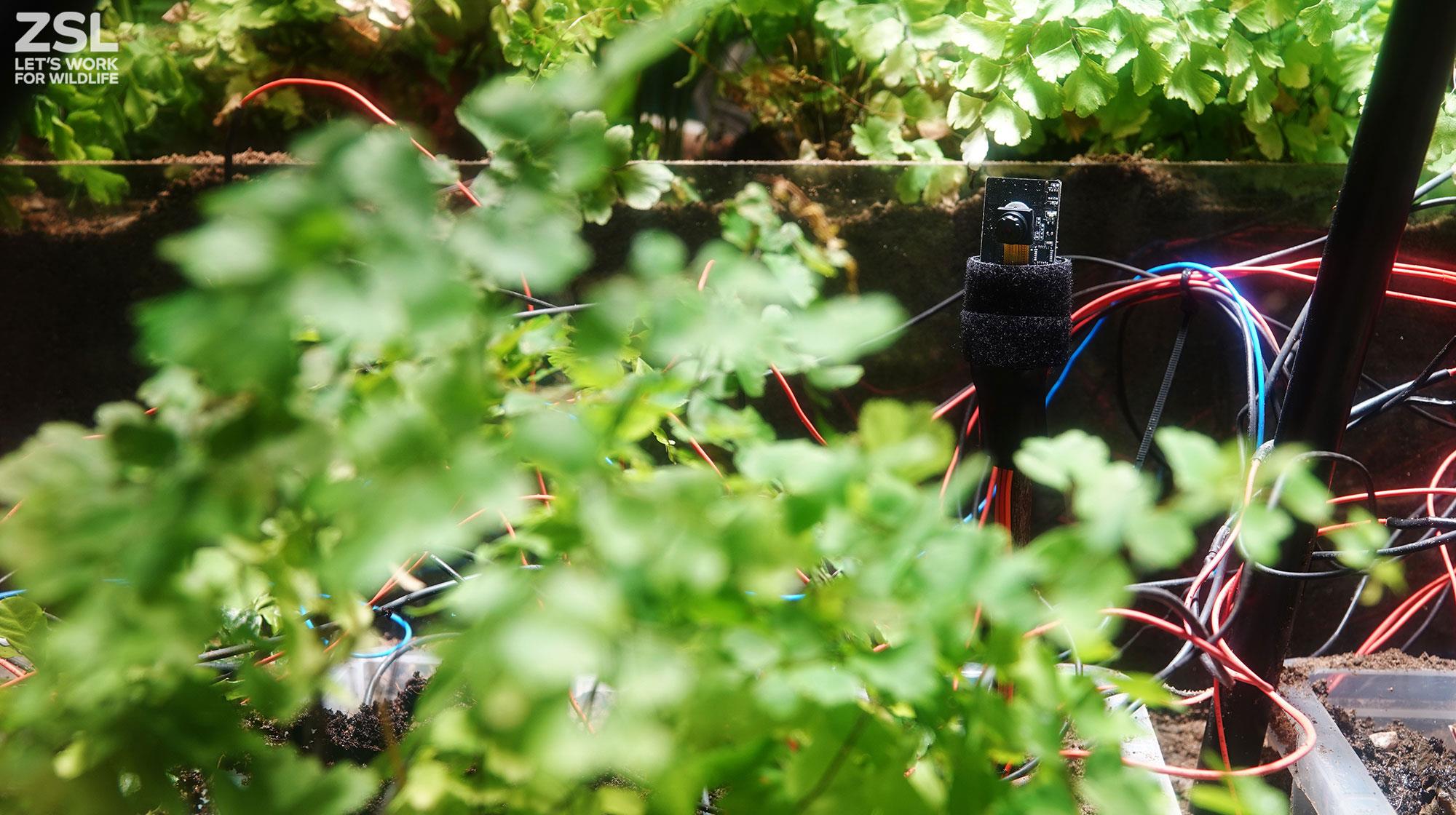
The Zoological Society of London (ZSL) has announced that the world's first plant selfie has been taken at the Rainforest Life exhibit of the London Zoo.
A maidenhair fern plant at the London Zoo called Pete "took" a selfie of itself every 20 seconds, using the waste energy it had generated.
ZSL scientists claim that the ability of shade-loving plants to produce low-levels of energy to supply fuel cells would revolutionize wildlife monitoring, enabling scientists to learn more about remote rain forests.
The ultimate goal of the ZSL researchers is to use plants to provide power to camera traps and sensors in the wild through microbial fuel cells. These fuel cells convert chemical energy to electrical energy through the action of microorganisms found in the soil.
Al Davies, conservation technology specialist at ZSL, said: "Plants naturally deposit bio-matter as they grow, which in turn feeds the natural bacteria present in the soil, creating energy that can be harnessed by fuel cells and used to power a wide range of vital conservation tools remotely, including sensors, monitoring platforms and camera traps."
Davies added: "Most power sources have limits - batteries must be replaced while solar panels rely on a source of sunlight - but plants can survive in the shade, naturally moving into position to maximize the potential of absorbing sunlight, meaning the potential for plant-powered energy is pretty much limitless."
According to ZSL, the technology can potentially help monitoring activities in inhospitable and remote rain forest locations to record important data such as temperature, humidity and plant growth. Understanding these information is crucial to examining threats such as climate change and habitat loss.
What makes the technology standout is its ability to derive and capture energy from plants living in areas of reduced sunlight. A single microbial fuel cell is capable of generating 0.1 milliWatts of power.
A second trial will be conducted by ZSL in the wild.






